
A massive Rockies real-estate project wins another court battle. Opponents will keep fighting it
Residents and nearby First Nations wanted a new environmental impact assessment of the contentious project....
The federal and provincial governments are considering what could be a $1.2 billion investment in conservation in B.C. through a forthcoming nature agreement, internal government records show.
The agreement, which has been under negotiation since June 2021, is meant to improve “collaboration on land stewardship and to direct a significant portion of new federal funding envelopes through 2030,” according to a B.C. government briefing note obtained by The Narwhal through a freedom of information request.
Nature agreements with interested provincial and territorial governments could help set the stage for Canada to stem biodiversity losses and meet its international commitments by providing new funding for conservation.
The two-page March 2023 document, which was prepared by the Ministry of Water, Land and Resource Stewardship for Indigenous Relations and Reconciliation Minister Murray Rankin, shows the federal government anticipated contributing up to $600 million from the federal budget to implement the deal. The document indicates that funding would be matched by provincial dollars.
“From what I know, that’s an unprecedented level of investment in stewardship and conservation,” Sarah Korpan, a legislative affairs specialist with the environmental law charity Ecojustice, said in an interview.
“If this is implemented well, if this is a good agreement, a lot of good can be done,” she said.
Eli Enns, the co-founder and president of the IISAAK OLAM Foundation, which supports the establishment of Indigenous Protected and Conserved Areas (IPCAs), called the potential investment “a big step in the right direction.”
“I would say the best way that they could deploy that $1.2 billion is a stimulus package for building the conservation economy in British Columbia,” he said. “The way to do that … is through IPCAs.”
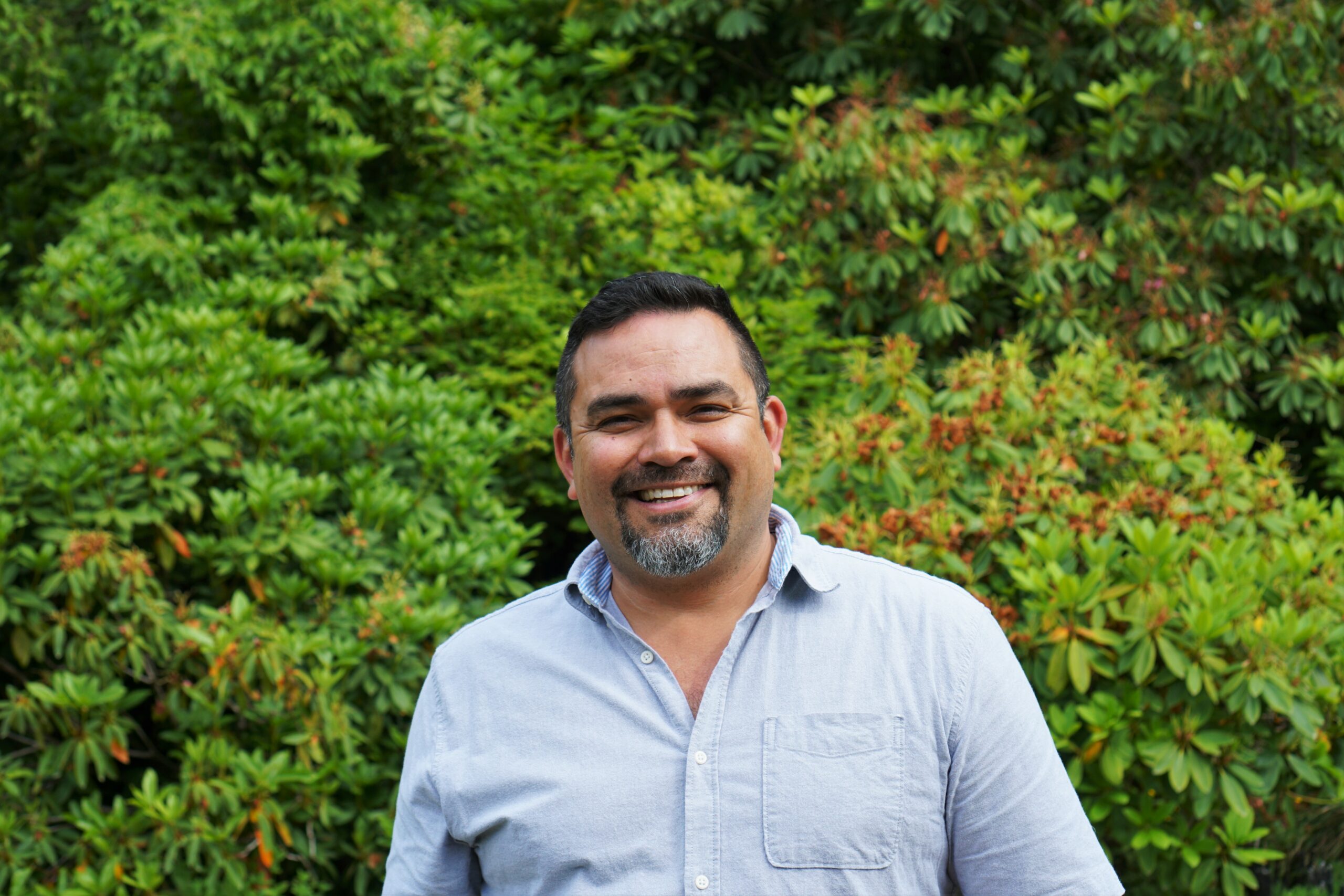
Tori Ball, the terrestrial conservation manager at the B.C. chapter of the Canadian Parks and Wilderness Society, said the organization is “incredibly excited for what this will do to stop the harm on the landscape and advance the conservation vision of First Nations.”
“More is needed, but this is a great start,” she said.
Kaitlin Power, press secretary to Environment and Climate Change Canada Minister Steven Guilbeault, said in a statement that “we are committed to advancing a trilateral nature agreement with B.C. and [First Nations].”
“Negotiations are still ongoing, and we look forward to providing details of the agreement in the fall,” she said.
Power added that she had been told “this is an old briefing note, so not all accurate.” She did not provide any details about which parts were inaccurate.
“The Tripartite Framework Agreement for Nature Conservation (the agreement) would enable funding and establish a framework for B.C., Canada and First Nations to work together so the province’s rich biodiversity is maintained for everyone’s benefit — both now and in the future,” a spokesperson for B.C.’s Water, Land and Resource Stewardship Ministry said in a statement.
Canada and B.C. began negotiating the nature agreement in part to avoid federal intervention in provincial land-use decisions in the wake of a legal petition filed by Ecojustice. On behalf of its client Wilderness Committee, the environmental law charity called on Ottawa to issue an emergency order under the Species at Risk Act to protect the critical habitat of endangered spotted owls.
Since then, the federal government has made international commitments to conserve 30 per cent of land and waters by 2030 under the Kunming-Montreal Global Biodiversity Framework reached at COP15 in Montreal late last year — a target Ottawa will struggle to meet without support from provinces, territories and First Nations.
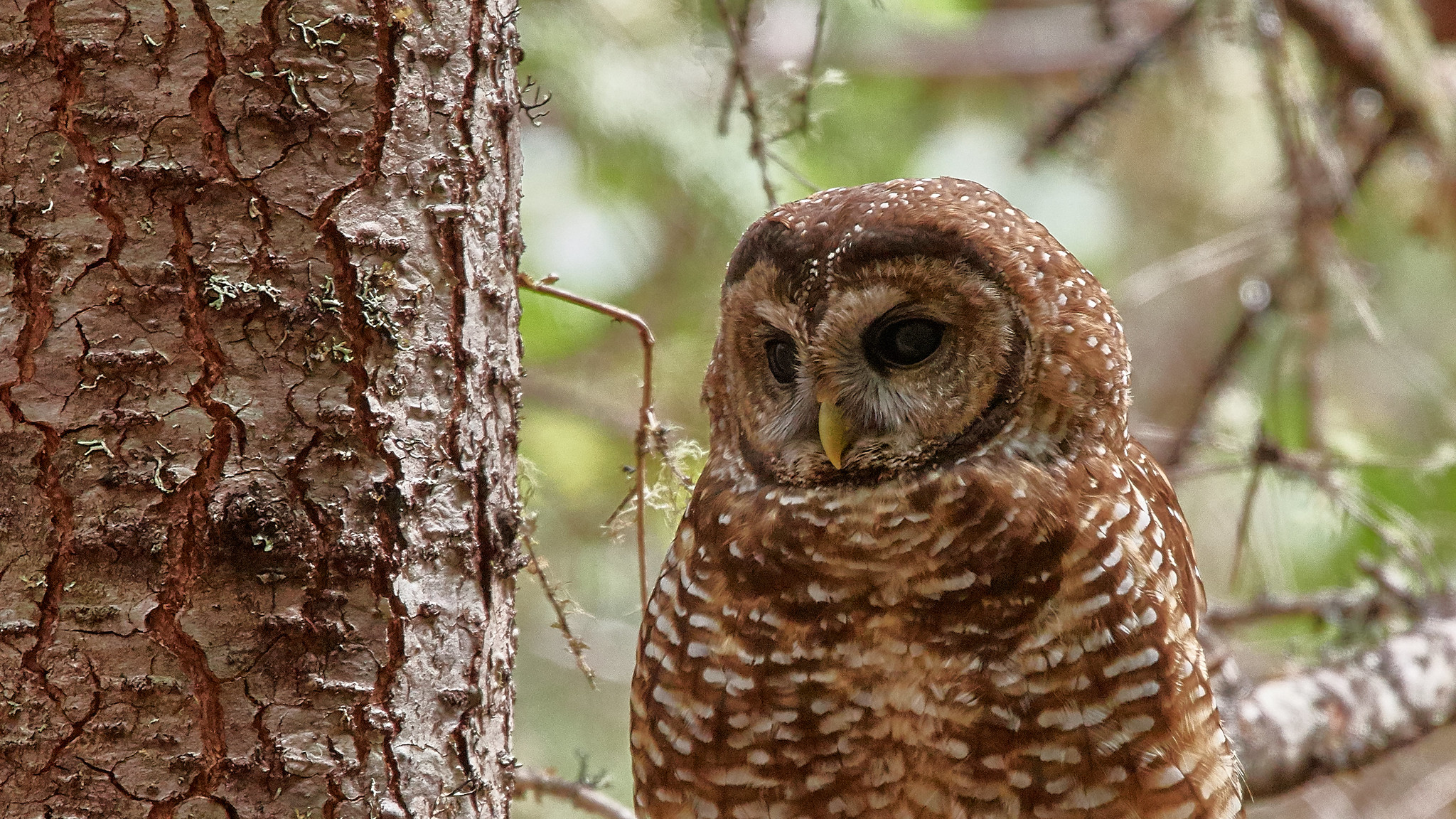
The first of several agreements under negotiation was reached between Ottawa and the Yukon government and announced at the United Nations biodiversity conference, COP15. It saw the federal government commit $20.6 million to protect nature in the territory with a goal of conserving an additional six per cent of land to meet a target of 25 per cent protection by 2025.
The B.C. deal had also been expected at COP15. It was delayed due to concerns First Nations had not been involved in negotiations, according to the briefing note.
The provincial and federal governments began working with the First Nations Leadership Council earlier this year on a tripartite agreement “recognizing the role of First Nations in implementing initiatives that will be supported through the nature agreements,” the document says.
“It will be the first trilateral agreement of its kind in Canada,” it says.
The spokesperson for the Water, Lands and Stewardship Ministry said the parties to the agreement would engage directly with rights and title holders before the agreement is implemented.
Korpan said she hopes “Indigenous-led conservation and stewardship will truly be at the forefront of this agreement.”
If a deal is reached, the briefing note says it would support Indigenous-led conservation, habitat conservation and restoration, recovery of species at risk and more. Some $50 million could also be used to “support the socio-economic impacts of conservation in some coastal forest ecosystems and in the Interior wet belt forest ecosystem,” it says.
The British Columbia Assembly of First Nations, the Union of British Columbia Indian Chiefs and the First Nations Summit, whose political executives make up the First Nations Leadership Council, were not available to comment by publication.
Biodiversity is declining faster than at any other point in human history and scientists warn that a million species are at risk of extinction around the world.
“The state of biodiversity globally is really in peril,” Ball said. “And, B.C. is no exception.”
“We live in a province that’s incredibly diverse in the species and ecosystems here and so the extinction crisis is felt really deeply,” she said.
More than 1,950 species found in B.C. today are at some risk of disappearing due to the combined burden of habitat loss, invasive species, climate change and pollution.
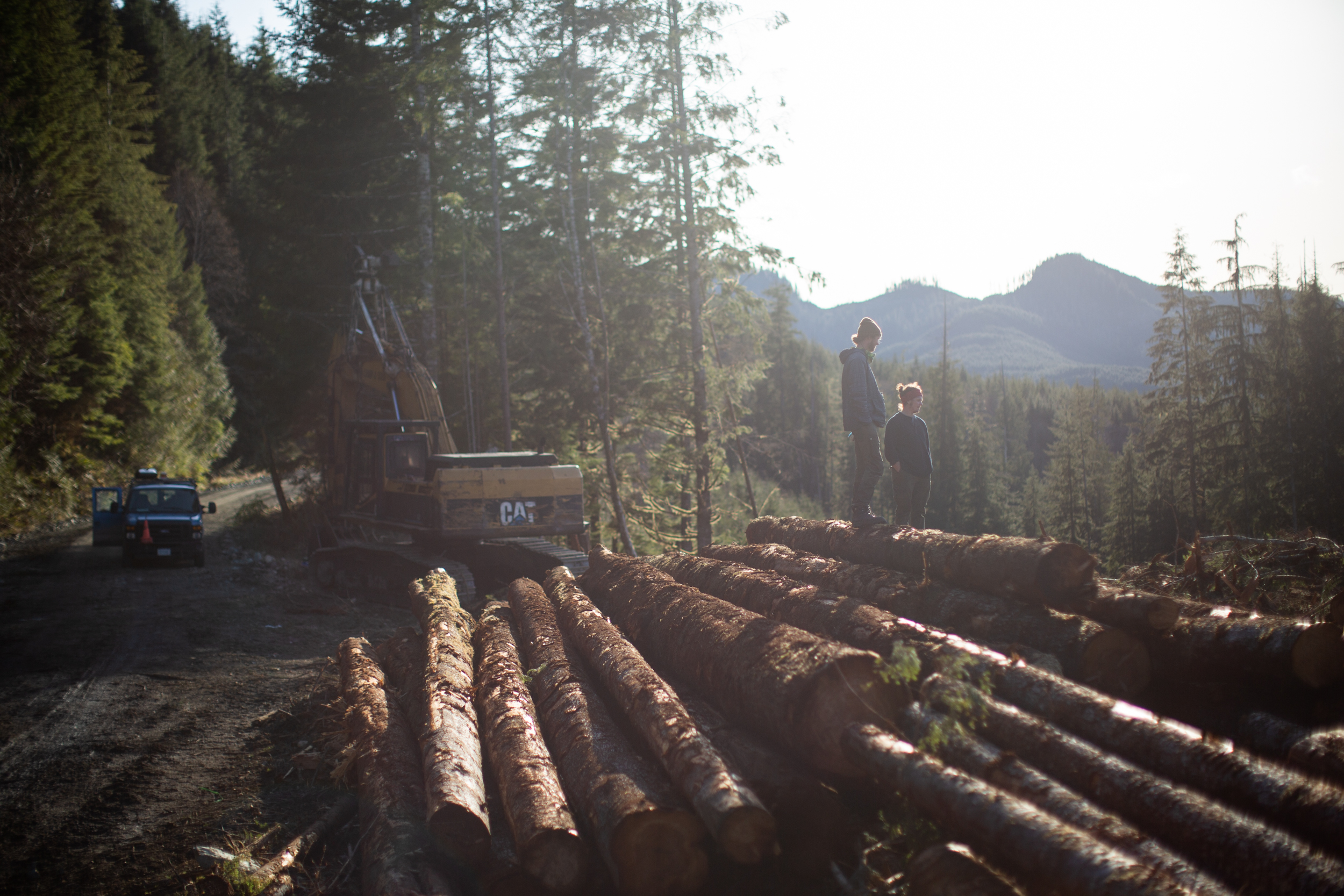
“In our view as Nuu-chah-nulth peoples, and many other Indigenous Peoples may feel the same way, is that the root problem of all of the issues we’re dealing with is a worldview of disconnectedness,” Enns said, “that humanity is separate from nature.”
“The proof is in the pudding,” he said. “When Europeans first arrived in the Pacific Northwest, there was a mind blowing amount of biodiversity, an abundance such that is unfathomable almost today.”
“My heart aches at what has been lost,” Enns said.
With a lot of organizations, nations and communities working to protect and restore ecosystems across B.C., Ball said there is “a sign of hopefulness,” but she warned the scale of what’s needed to avert the biodiversity crisis is “historic.”
Conserving 30 per cent of land and waters in B.C. and around the world by 2030 would be significant, but the target is likely the minimum of what’s needed to stave off nature losses. Up to 50 per cent of lands and waters may need to be conserved to maintain biodiversity and ecosystem services globally, according to the Intergovernmental Panel on Climate Change.
In B.C., CPAWS and Ecojustice have raised concerns about four per cent of the land the province currently counts towards its conservation targets. Most of that land is provincially designated as old-growth management areas, wildlife habitat areas and wildland zones and counted toward conservation targets under the banner of “other effective conservation measures.”
According to a 2022 report by the environmental organizations, these areas do not meet national or international standards for other effective conservation measures. Habitat is still allowed to be destroyed in some old-growth management areas, for instance.
“We are not going to protect biodiversity, plants and animals, by counting things differently,” Ball said. “We need to add protection to the landscape and waterscape.”
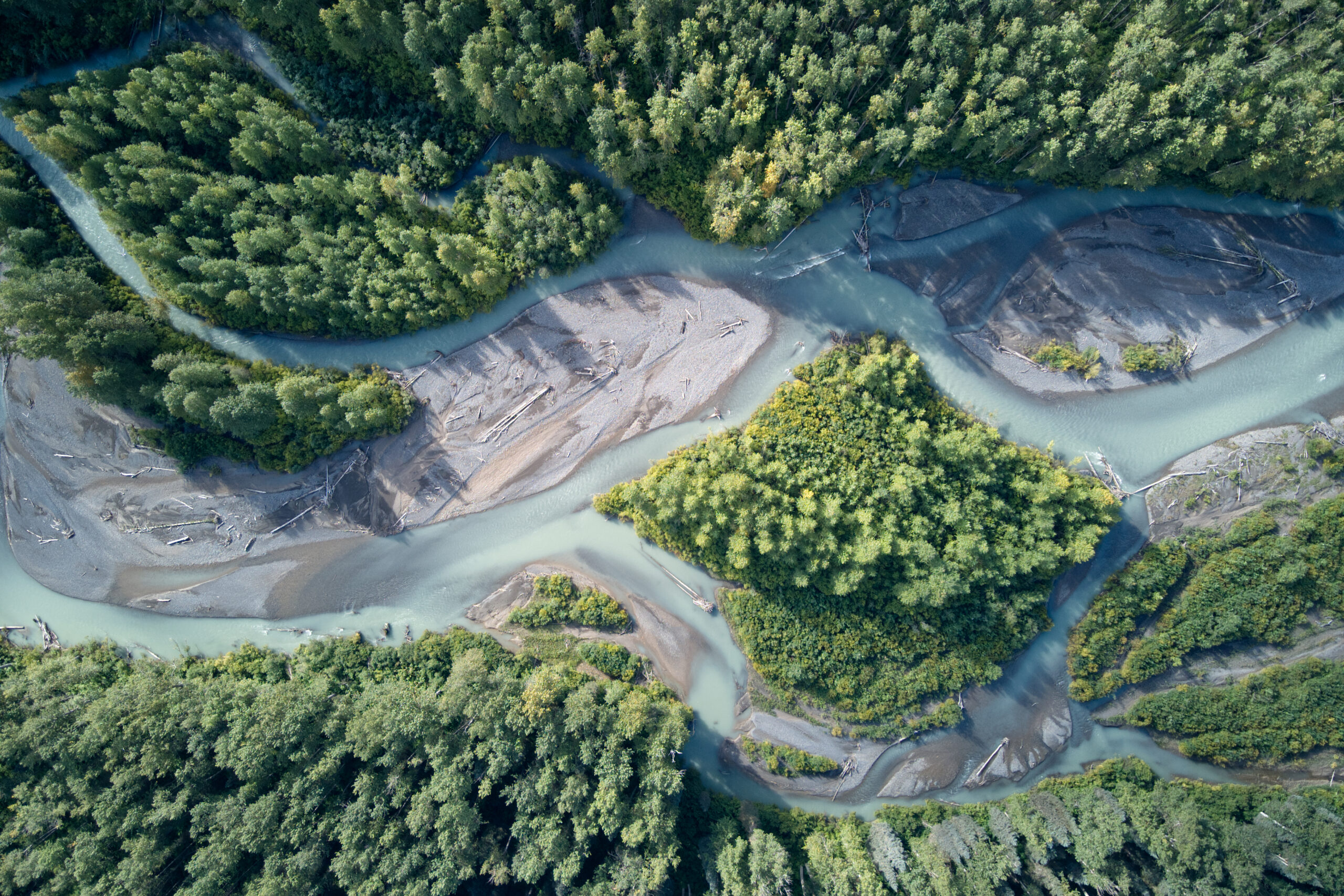
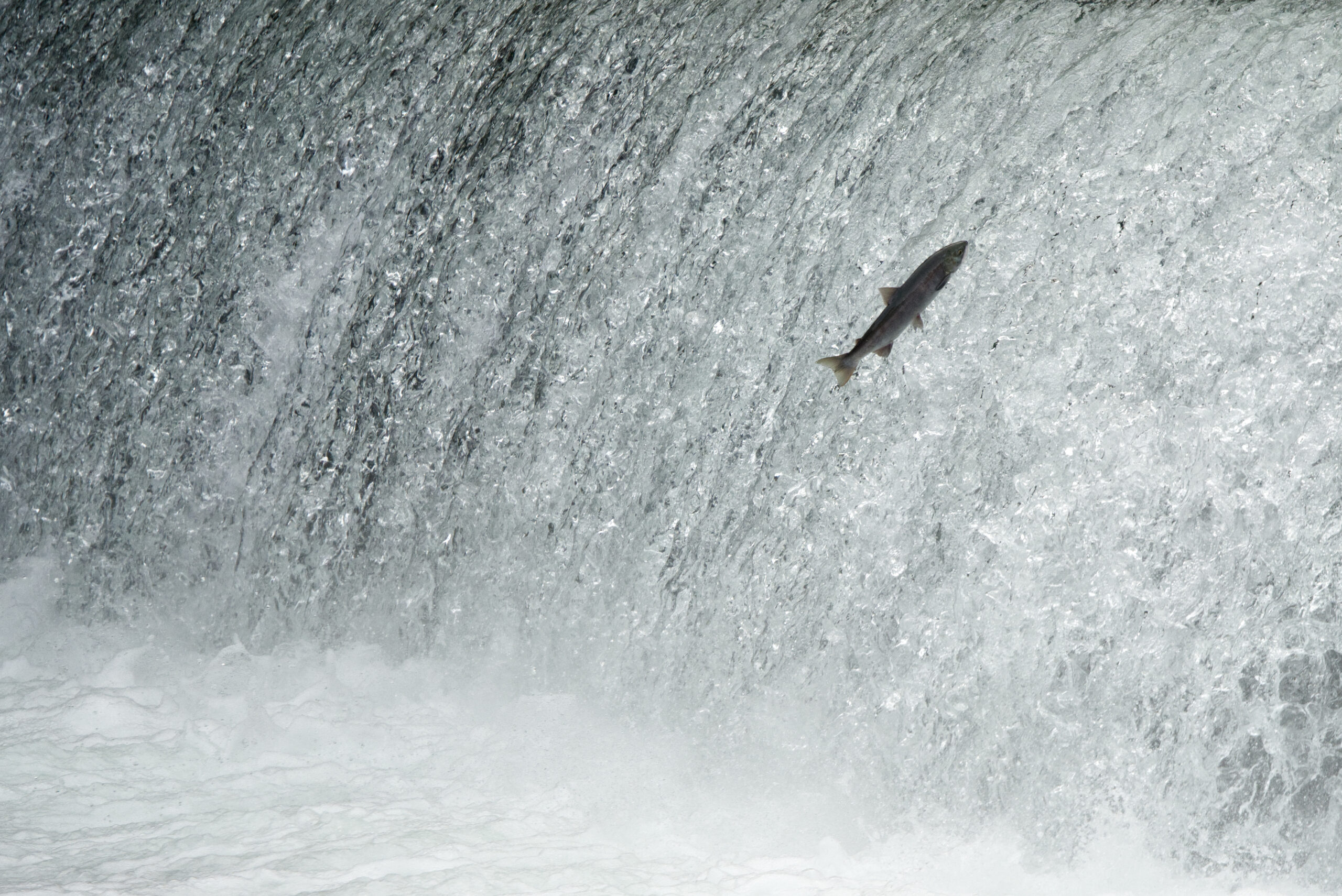
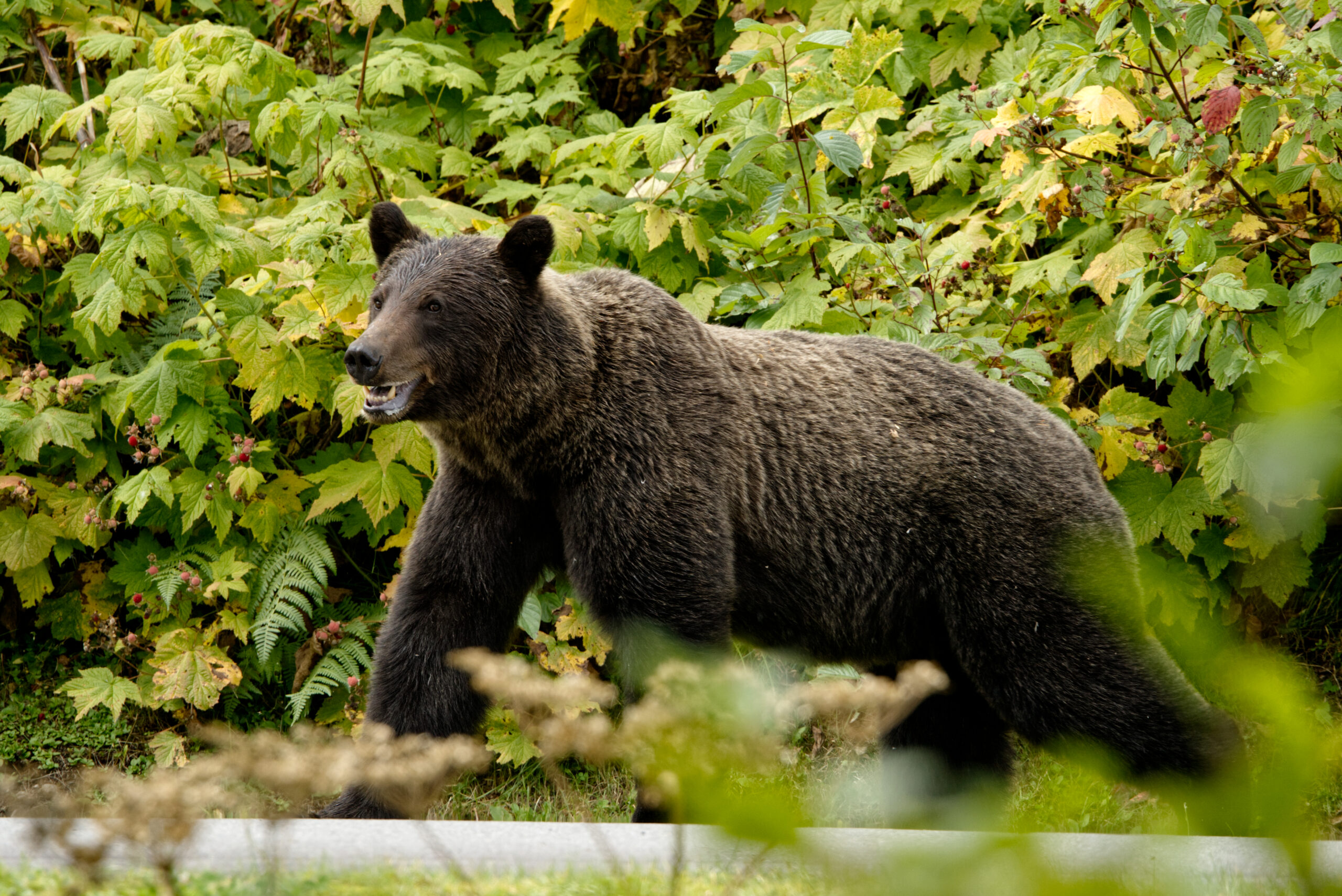
Korpan said she’s hoping the nature agreement, when released, will detail how exactly the funding will be used and what strategies are in place to achieve conservation targets.
According to the March briefing note, “the agreement will not commit B.C. to any specific conservation initiative” but will commit the province “to making progress towards targets, which does imply a future fiscal impact for B.C.”
One aspect organizations will be watching for is how much of this funding is used to buy-out mineral and other resource tenure rights to facilitate protection.
Ball said CPAWS is hoping “that as much as possible, this funding will go directly to the planning and protection of landscapes” and only to compensating companies “when fair.”
When the nature agreement is released, the organization will also be looking for an accountability mechanism outlining key conservation milestones that can be tracked, she said.
Ultimately, Korpan said $1.2 billion in conservation funding would present “a really tremendous opportunity.”
“I hope that B.C. uses it as an opportunity to advance Indigenous-led conservation and stewardship, to protect what’s remaining on the ground, while at the same time investing in new and innovative tools for longer term protection and conservation,” she said.
Get the inside scoop on The Narwhal’s environment and climate reporting by signing up for our free newsletter. On March 17, federal Conservative Leader Pierre Poilievre...
Continue reading
Residents and nearby First Nations wanted a new environmental impact assessment of the contentious project....

Growing up, Christian Allaire loved spending summers with his cousins in his grandma’s backyard, near...

B.C. previously allowed mineral claims without First Nations consultation. It was court-ordered to fulfill its...
